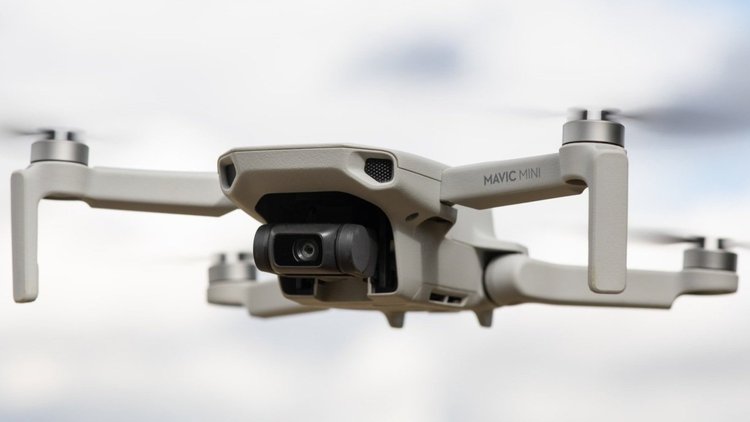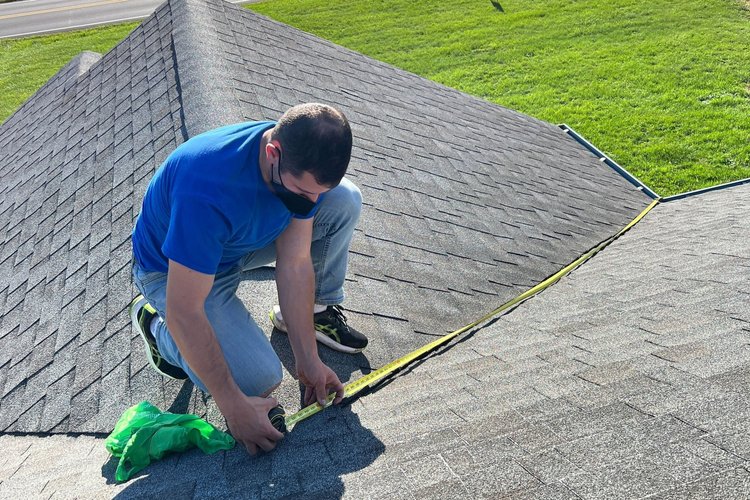Only measuring the roof planes included in a sales proposal is a recipe for disaster. Yet you often don’t have the time you need to get a high-quality survey done. When you’re forced to climb up on the roof and measure by hand, even an hour per roof isn’t enough in all cases.
It’s easy to say that the proposal hits 100% offset (or very nearly), so you only need to measure that. But too much can happen—and too much opportunity is left on the table—when you don’t measure every roof plane.
Here’s what you’re missing out on, the risks you’re incurring, and how to get the whole roof measured in 15 minutes or fewer—for real.
1. Incorrect measurements from the proposal
What you see in a proposal is not always what gets installed. The three most common reasons are:
Inaccurate preliminary measurements: nearly all surveyors (92%) found satellite imagery is not perfectly accurate and requires manual verification. Often, on-site surveys reveal different measurements that impact the design.
Supply chain issues: if the panels or other hardware in the proposal aren’t available, you may need to change, for instance, to panels with slightly different measurements that mess with array design.
Missing obstructions: preliminary designs with satellite imagery might miss a small obstruction, meaning you can’t place a panel where you want, which impacts the overall design.
2. Missing out on additional structures
Preliminary designs may only focus on the home roof. But when you’re on-site you might find other buildings and structures that could provide additional room for panels. When you don’t measure every roof plane (including outbuildings and additional structures), you miss out on the opportunity to max-fill the property, leaving a gap in both financial opportunity and client satisfaction.
3. Shading issues
Satellite imagery may not pick up trees or accurate shading analysis—particularly if you grab images taken in autumn or winter when leaves are down. In these cases, you might measure only a couple of roof planes but later find that trees shade more than initially thought. All of a sudden, the system loses significant production efficacy and your customers feel duped.
Even without obvious tree issues, gables or dormers might be taller than expected because satellite images don’t accurately show vertical height. The typical solution would be to place panels elsewhere, but if you don’t measure every roof plane then you’re forced to do another truck roll to make this design adjustment.
4. Production guarantees
When operating with a production guarantee, you need to ensure the system is big enough to meet the proposal. But if you realize—through things like obstructions or shading issues—that the proposed system won’t meet demand, you need to add additional panels to fix the problem.
If you haven’t measured every roof plane, you won’t have this data, resulting either in additional truck rolls or upset customers as you reduce your production promise (but don’t reduce the cost of the system).
5. Homeowner preference for array location
Let’s say you run a preliminary design and choose two out of three valid roof planes for your design. Because the preliminary design only used two roof planes, that is what gets measured. Then the homeowner sees the final design and wants a change—they prefer to use the third roof plane because it looks aesthetically better to them.
All of a sudden, your perfectly valid system is thrown off, resulting in additional truck rolls to re-capture measurements.
6. Homeowner lifestyle changes
Similar to homeowners changing their minds on array design, homeowners may also make adjustments to their property or lifestyle. For example, they might cut down a tree, resulting in fewer shade issues on a roof plane previously ignored. Or they might get an electric vehicle and need to size up their system to accommodate it by putting more panels on the roof or garage.
These types of changes can happen during the time you’re planning and installing a system, so it’s important to have all roof measurements so you can be flexible.
7. Upsell and expansion planning
As electricity demand rises, people might look to upsize their solar arrays. As the contractor who installed the first array, you should be the natural choice to contact again. If you have all the client’s roof measurements and the existing final array design, an upsell proposal is simple.
Surveying in 15 minutes or less

Manual surveys—climbing on the roof and measuring by hand—can easily take 30-90 minutes or more to capture every roof plane. It’s not uncommon for a large mansion with multiple roof pitches to take up to 2.5 hours. And in some cases, you simply can’t safely climb on every roof plane.
It might be tempting to take shortcuts, but comprehensive surveys are critical for quality work. So instead of climbing on roofs, leverage drone technology. A 3D survey with drones is equally accurate as measuring by hand and can capture every dimension needed to produce high-quality, design-ready layouts in 15 minutes or fewer. Typical surveyors find they are up to 5x more efficient when using drones and customers love the cool factor—all without going on the roof.
Your work as a surveyor is the crux of any solar project and it needs to be done properly. While you have significant constraints on your time and energy, leveraging technology will help you become more efficient, stay safer, and help deliver on sales, design, and install goals.






